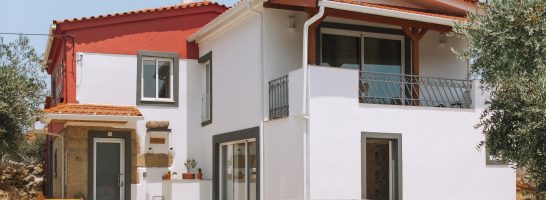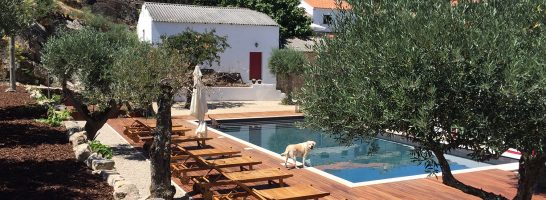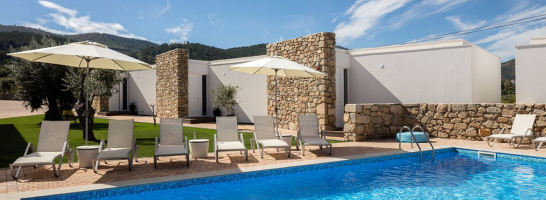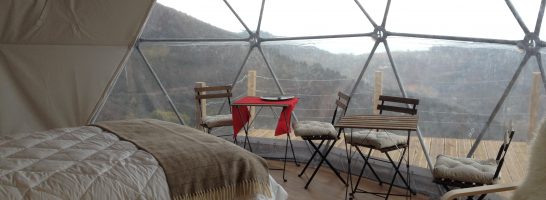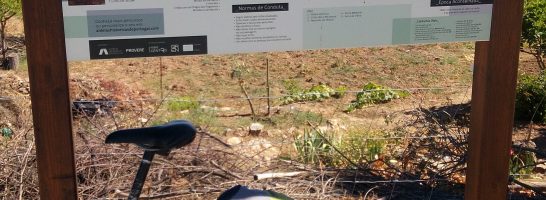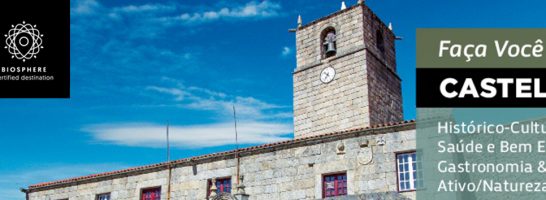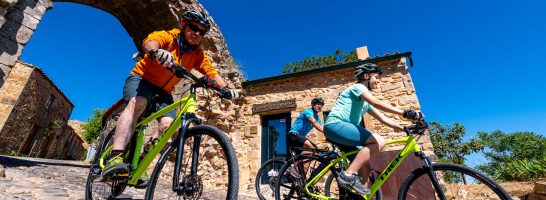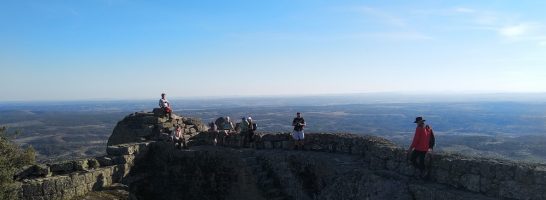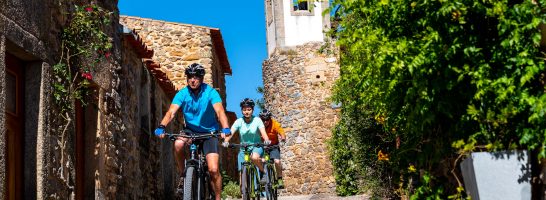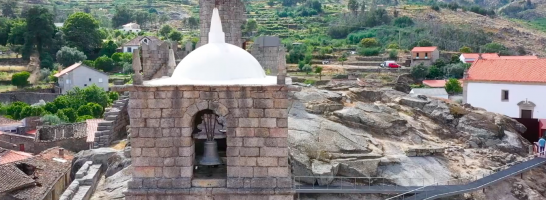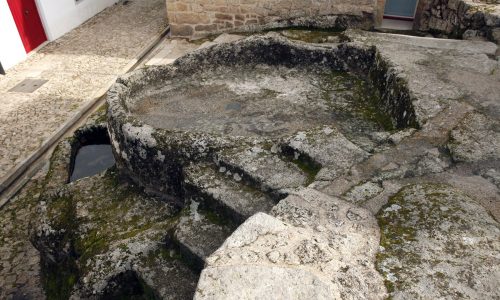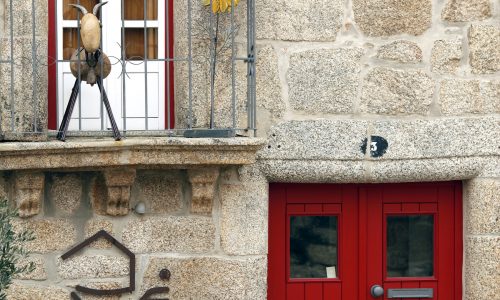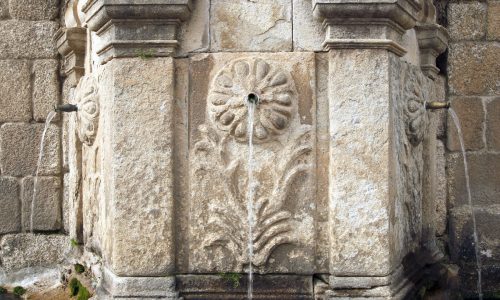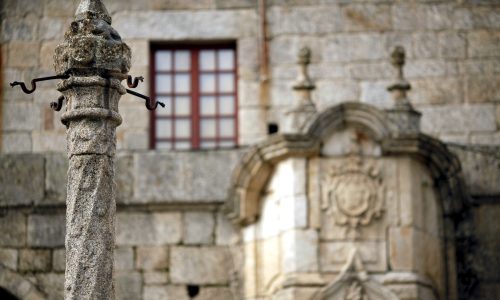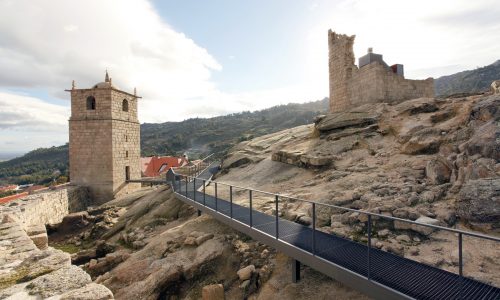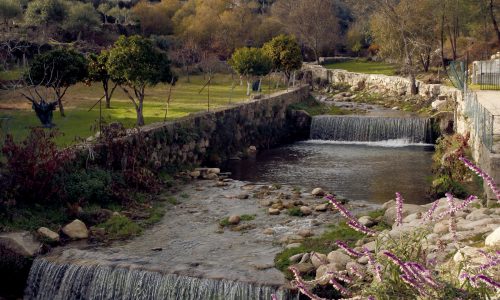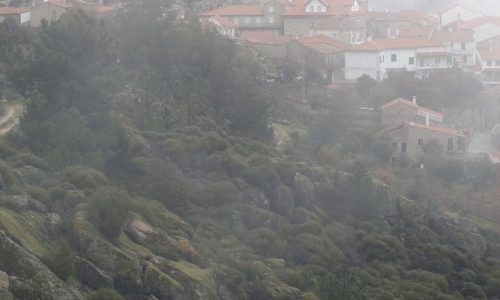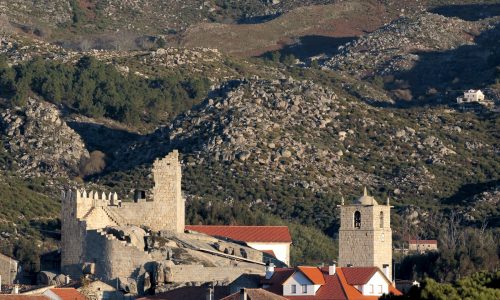Castelo Novo
In a natural amphitheatre in the heart of Serra da Gardunha in shades of green and grey, we find Castelo Novo, one of Portugal's historical villages, enveloped in an aura of mystery. Here we feel something fascinating that surrounds and balances us. Everything inspires us … captivates us, from the sound of water gushing from the springs to the timeless granite that sustains the village and carves its dwellings, the temples, paving, squares …all a matchless architectural heritage.
History
Our history your time
Castelo Novo começou por pertencer aos extensos territórios doados pelos monarcas portugueses à Ordem dos Templários, depois Ordem de Cristo, para, em terras da Beira promoverem e assegurarem a posse dos domínios conquistados aos muçulmanos no séc. XIII. Com D. Manuel I, já na centúria de Quinhentos, recebe foral, encontrando-se bem testemunhada a intervenção deste rei no património arquitetónico da antiga vila. A estrutura de ocupação do espaço é assim caracteristicamente medieval, sendo significativas as intervenções do período Manuelino (séc. XVI) e Barroco (séc. XVIII). Constituem disto exemplo, o invulgar conjunto arquitetónico do Largo do Pelourinho: Casa da Câmara e Cadeia e Pelourinho, da época Manuelina; e Chafariz D. João V, do período Barroco. O Castelo, implantado a 650 m de altitude, constitui um ponto evidente de organização do povoado. Pela encosta da Serra da Gardunha estendeu-se a povoação, desprovida de cerca mas ao abrigo da estrutura fortificada dos Templários. A antiga vila surge assim inscrita num perímetro de configuração circular, evoluindo a mancha construída para Sul, Este e Oeste. A estrutura urbanística oferece um aspeto labiríntico. A irregularidade dos quarteirões, de dimensões e formas variáveis, as ruas de horizontes limitados, descrevendo traçados sinuosos, as travessas a atalhar caminhos, as escadas públicas a vencer desníveis e os inúmeros recantos e desacertos criados pelo difícil alinhamento das fachadas, são características comuns a outros espaços urbanísticos medievais. No espaço construído de Castelo Novo dominam, largamente, as edificações destinadas à habitação. A casa tradicional, de granito e sem reboco, apresenta planta retangular com dois pisos, com o térreo destinado à loja e o superior à habitação. O acesso faz-se pelo exterior, através de escadas que terminam em patamar simples ou balcão lajeado. Exceção nesta paisagem urbana constituem os edifícios de natureza pública e religiosa, bem como a habitação de proprietários mais abastados, distinguindo-se quer pelos materiais utilizados quer pela conceção arquitetónica e investimento decorativo. O Largo da Bica conserva alguns destes exemplos, como as Casas Falcão, Correia Sampaio e D. Luís J. Correia, edificadas, respetivamente, no séc. XVII, XVIII e XIX/XX. Outros testemunhos se encontram pela antiga vila de Castelo Novo, como a Casa da Cerca, presumivelmente do séc. XVI, a Casa na Rua de Nossa Sra. das Graças, do séc. XVII, e o Solar da Família Gamboa, este já da centúria de setecentos. No panorama da arquitetura religiosa salientam-se, naturalmente, a Capela de Santo António, a Igreja da Misericórdia e a Igreja Matriz, com datas de construção atribuídas, respetivamente, aos séculos XVI, XVII e XVIII. Excluindo outros edifícios mais evidentes, como o Castelo ou a Casa da Câmara e Cadeia, sobressaem ainda os chafarizes, um deles dando inclusivamente o nome a um largo.
What to see
Where sleep

Lagarto Pintado Casa n´Aldeia
Lagarto Pintado Casa n'Aldeia is located in the Historic Village of Castelo Novo, on the slopes of Serra da Gardunha, 5 minutes from the A23 motorway and 15 minutes from Serra da Estrela. It is a versatile house, made up of fully independent apartments that can be combined according to the guests' needs, with a minimum reservation of 2 nights. We offer the following types of accommodation: - Full House | 4 bedroom apartment - up to 10 people - Attic Master Suite for 2 or 4 people - 1 bedroom apartment - for 2 people - 2 bedroom apartment - for up to 4 people - 3 bedroom apartment - for up to 8 people However, there is the possibility of booking just one night, in a room with 2 bunk beds (up to 4 people), or in the Attic Master Suite, (2 or 4 people). Amenities: 4 bedrooms, 4 complete bathrooms, air conditioning, 2 pellet stoves, 2 kitchenettes, a bathtub in the bedroom in the Attic Master Suite, snooker and ping pong (in types T1, T2, T3 and T4). A 19th century house with life in the 21st century. The modern and the ancient design combine in perfect harmony, to offer and allow unforgettable experiences of serenity, comfort and joy.
What to do
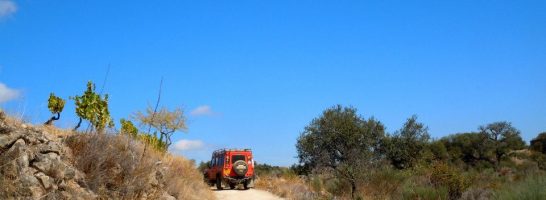
Adventure and nature trips
We are a registered tour operating company and we base our activity on the values of legal compliance, nature protection and sustainability. We operate according to the Portuguese legislation and we hold a special accreditation from the Institute of Nature Conservation and Forests allowing us to drive inside Nature Parks and other protected areas (where permitted)- We are members of the Natural.pt brand (www.natural.pt), reserved for companies who adhere to the programme. Following the recent pandemic we got our Clean & Safe seal from the Tourism Authority signifying our compliance with the official health requirements for the prevention and control of infections. Our trips are much more than just going from A to B and we distinguish ourselves for having a higher purpose: the knowledge and promotion of the historical, cultural and environmental heritage of Portugal, so that in the end our guests will have lots of stories to tell. In each new journey through some of the most beautiful and remotest places in mainland Portugal, we discover a unique, authentic and truly surprising country with a sense of adventure and discovery that enriches us as human beings. Our offer is based on a personalised service with tailor-made trips meeting the personal interests of our guests. We are constantly exploring and spending countless days on the ground in contact with the local people and organisations in search for the best places of interest and the best routes. As a result of this research, we have acquired a deep knowledge of the whole country which allows us to give our guests a renewed level of novelty and differentiation in each event. During our events we privilege the contact with nature in a legal and responsible manner, with the aim to reduce the impact of our passage, by working with official entities and other environmental organisations. Every year we plant many autoctonous trees in an effort to make Dream Overland a carbon-neutral company, an action that our customers can support and partake in. With our trips we contribute to the social cohesion and economic sustainability of local communities, through the knowledge and promotion of their traditions, handicrafts, produce and local heritage.
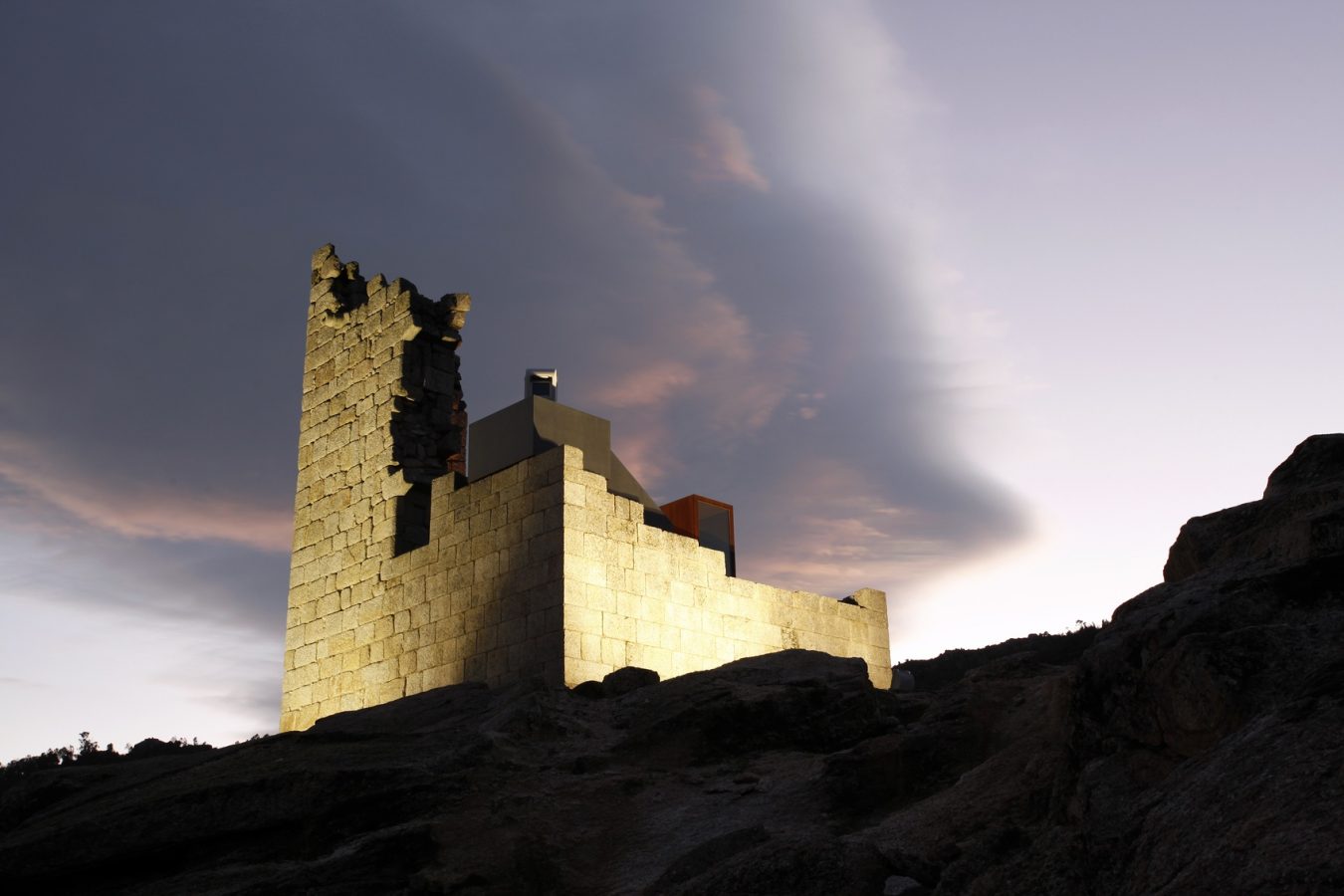
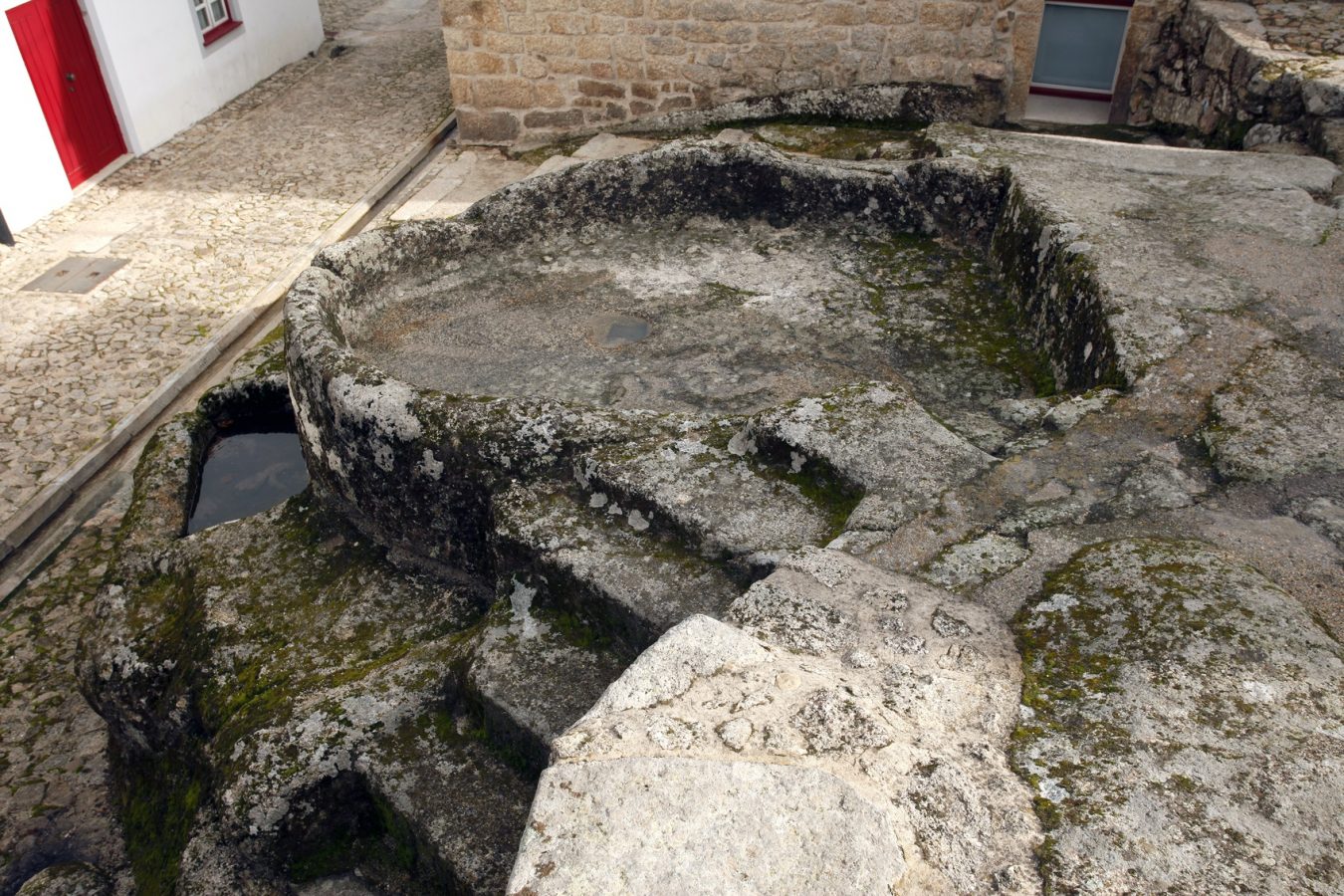
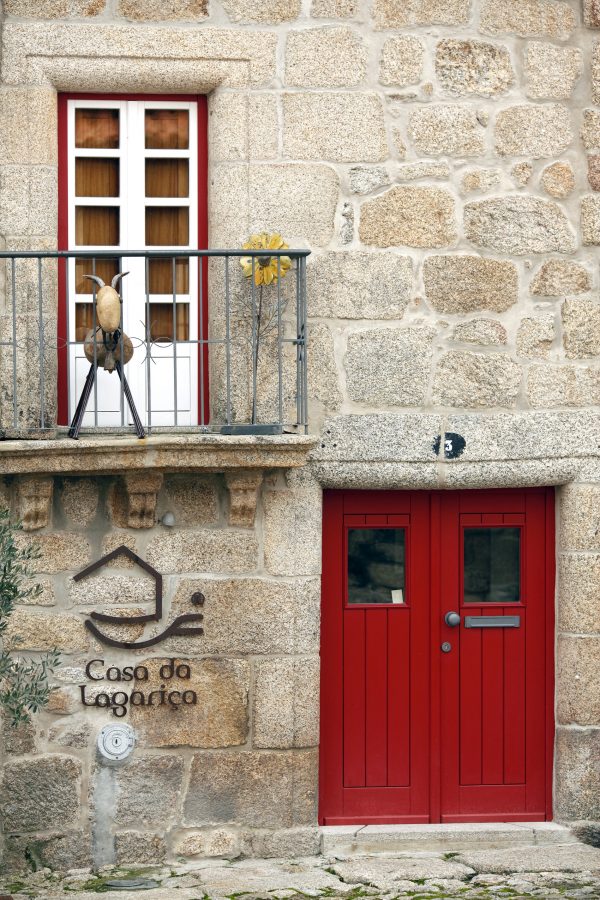


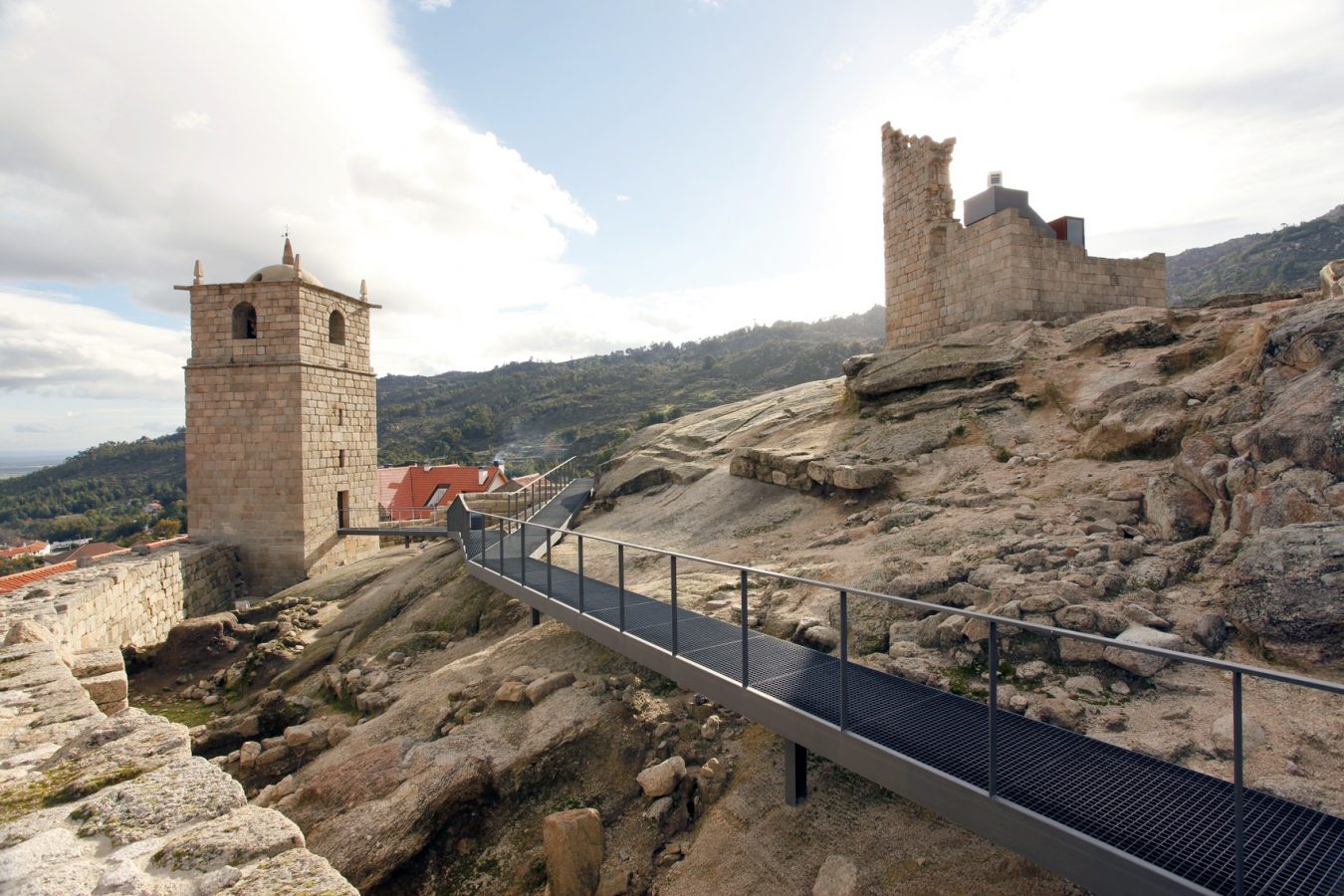


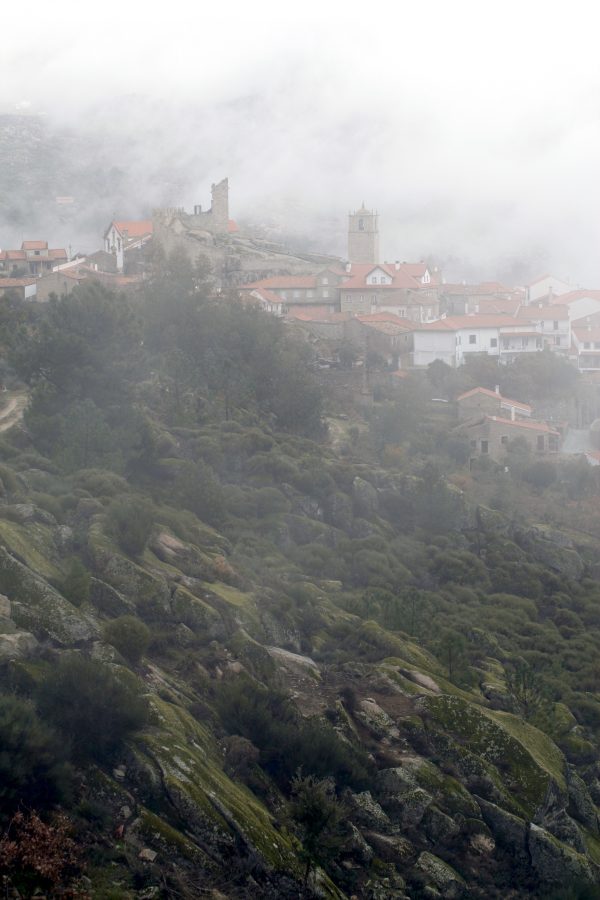
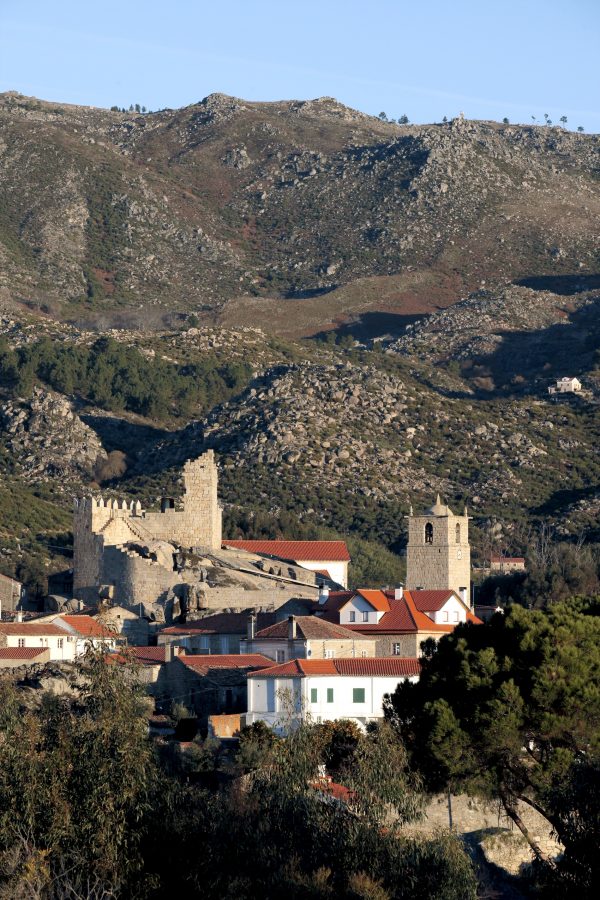



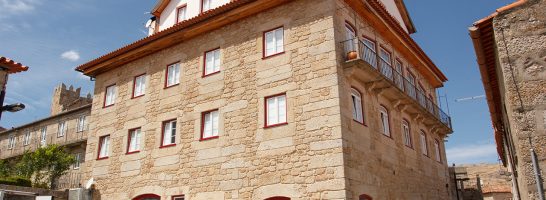

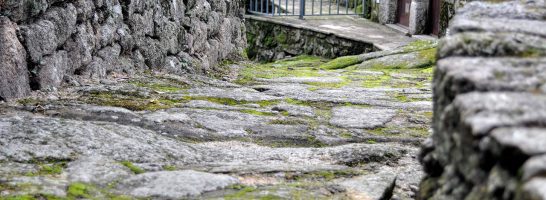
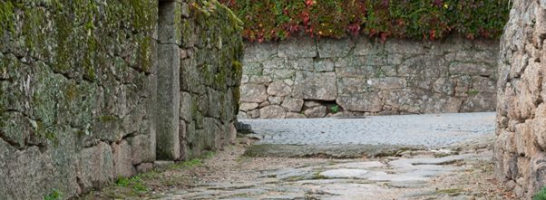
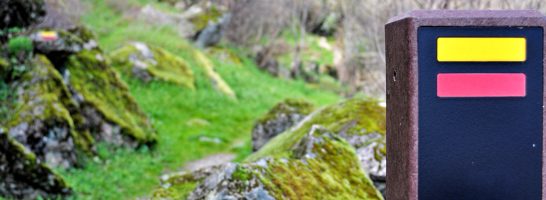

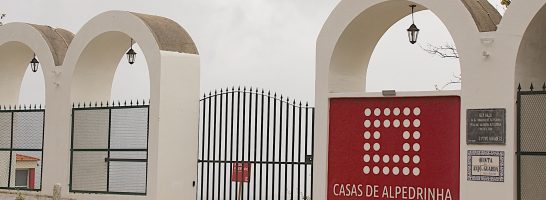
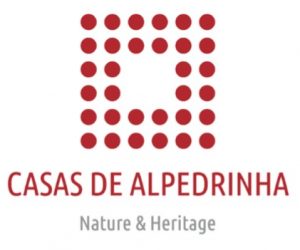 Situadas em Alpedrinha, a 46 km de Belmonte, as Casas de Alpedrinha disponibilizam um restaurante e acesso Wi-Fi gratuito.
Cada unidade possui um pátio, uma cozinha totalmente equipada com um micro-ondas, uma lareira, uma área de estar com um sofá, uma televisão de ecrã plano e uma casa de banho privativa com chuveiro e produtos de higiene pessoal gratuitos. Um frigorífico, uma placa de fogão, uma torradeira e uma chaleira também estão disponíveis.
Os hóspedes desta casa de campo podem desfrutar de um pequeno-almoço continental.
As Casas de Alpedrinha dispõem de um terraço para banhos de sol.
Um jardim e uma piscina exterior estão disponíveis no alojamento.
A Covilhã fica a 33 km das Casas de Alpedrinha, enquanto Castelo Branco está a 36 km da propriedade.
Situadas em Alpedrinha, a 46 km de Belmonte, as Casas de Alpedrinha disponibilizam um restaurante e acesso Wi-Fi gratuito.
Cada unidade possui um pátio, uma cozinha totalmente equipada com um micro-ondas, uma lareira, uma área de estar com um sofá, uma televisão de ecrã plano e uma casa de banho privativa com chuveiro e produtos de higiene pessoal gratuitos. Um frigorífico, uma placa de fogão, uma torradeira e uma chaleira também estão disponíveis.
Os hóspedes desta casa de campo podem desfrutar de um pequeno-almoço continental.
As Casas de Alpedrinha dispõem de um terraço para banhos de sol.
Um jardim e uma piscina exterior estão disponíveis no alojamento.
A Covilhã fica a 33 km das Casas de Alpedrinha, enquanto Castelo Branco está a 36 km da propriedade.
